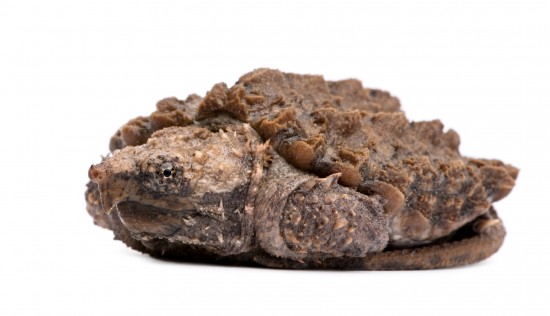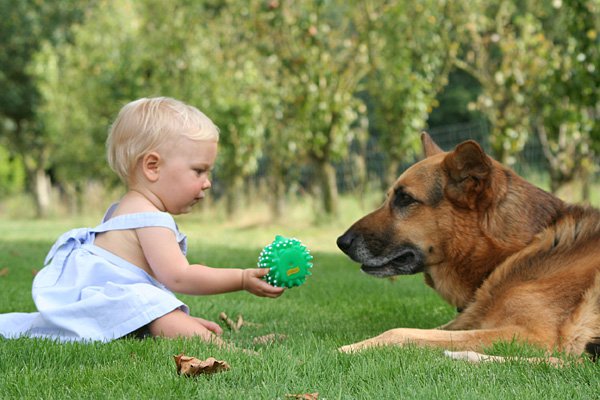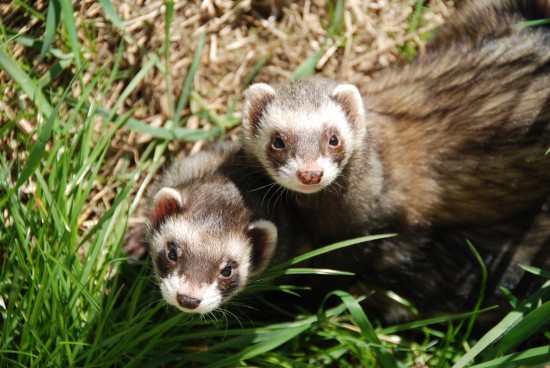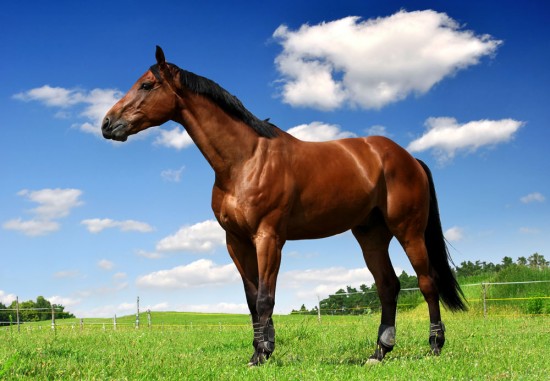

“Snapping turtles, embodiment of turtles who shared the earth with the dinosaurs for a time and are now obliged to share it with the human species, might well report that the former companions were far less stressful.” Carroll DM 1996 The Year of the Turtle: A natural history. St. Martin’s Griffin, New York
The earliest known turtle fossils have been dated to 220 million years ago. Whilst the snapping turtle we know today evolved 40 million years ago they are still the closest we have to the first turtles. To put that into context woolly mammoths were around until 4000 years, our species of human first evolved around 200 000 years ago, in fact the dinosaurs appeared around the same time as the turtles (around 230 million years ago) but were wiped out 66 million years ago.
Snapping turtles are often referred to as living fossils, they’ve tucked themselves into the mud of rivers and watched species come and go, the continents move, and in their recent history a species of apes climb out of the trees venture across the plains and start building civilisations. Those apes, us humans, are now the largest threat to these animals that survived a six mile wide meteorite strike that wiped off most of the life on Earth. The Snapping turtle is the ancestor of around 80% of all turtles we know today.
There are two main types of snapping turtle kept in the aquarium, the Common Snapping Turtle and the Alligator Snapping Turtle.
Maximum Size: Up to a maximum of 50 cm, although it can take many decades to reach this size.
Weight: The heaviest wild specimen ever caught weighed 34kg, although a 39kg individual is known from captivity, although this was due to over feeding, in short it was fat.
Maximum size: The maximum recorded length is 80 cm, although a maximum of 65 cm is more common.
Weight: There is an unverified legend that in 1937 a 183 kg turtle was caught in Kansas. Although a more common maximum weight is 80 kg, it is worth noting that due to their slow growth it may be that
Diet: Snappers are omnivores, eating anything they can scavenge both plant and animal matter, they will also eat invertebrates, fish, frogs, reptiles, birds and small mammals. Provide a good quality pellet and carnivorous foods such as snails, fish (dead as opposed to live feeder fish) and earth worms.
Threats: As with most turtle species they are most vulnerable as eggs or hatchlings, when a variety of birds and mammals as well as other reptiles will predate them. As adults their main threat is from humans, in the form of habitat destruction, accidental killings, such as being run over on roads whilst moving from one waterway to another, or looking for a mate or nest site, and as a food source. In some states in America turtle farms exist to supply the meat trade, in one year alone one farm purchased 12 000 turtles that were trapped in the wild. Whilst they do raise and release hatchlings, the extremely slow growth rate of these animals means that they are starting to come to the attention of those that decide if a species is endangered or not.
Captive care: Taking on a snapping turtle is a huge decision to make, they get big, very big, since they can’t withdraw into their shells their best defence is a good offence, i.e. snapping at anything they see as a threat, they live a long time, possible up to 100 years, and there are few if any rescues able to take on a fully grown snapping turtle. They are definitely a beginners turtle, and unless you can guarantee that not only you can take care of the turtle for your entire life, but also your heirs as well.
Habitat: they need a large tub or tank, so that they can lay on the floor of their enclosure and stretch their necks up to breath. Aim for 20 litres of water per cm of straight shell length so an average 25cm specimen will need a 500 litre tank or tub. But remember that you won’t be able to have the water overly deep.
Despite their infrequent visits to land they should have a basking area and a basking lamp. As well as a UVB source, although some research shows that they can get their D£ through dietary means if you are careful with what you provide.
As hatchlings provide a well planted enclosure with plenty of cover as they can be nervous. They may eat some plants so provide duckweed and elodea or other plants you don’t mind being snacked upon.
Handling: Whilst the stories of snapping turtles breaking legs and removing fingers are highly exaggerated. They do have the reach and the power to inflict a nasty bite, be careful of putting your hand in the enclosure without making sure where your turtle is first. They are also not an animal that will appreciate being handled and there is no way that you will be able to let them wander out of their enclosure.
Water quality: These turtles are pretty close to the top of the messiest aquatic creatures around, use koi pond filters to keep the enclosure clean and do regular water changes. Aim for alkaline water as some keepers have reported excess shedding when keeping snappers in acidic water.
Keeping snappers is considered the pinnacle of turtle keeping for some keepers certainly the massive size of the enclosure, filtration and the turtle itself can be of putting for many. But if they are your dream turtle then prior planning and preparation can mean that you have an amazing piece of the past in your keeping. Just remember to leave them to someone in your will, there is a chance they will outlive you.
 Canine Asthma - Six Common Triggers
Canine Asthma - S
Canine Asthma - Six Common Triggers
Canine Asthma - S
 Take Good Care of Your Bunny Pet by Keeping it in Rabbit Hutches
Take Good Care of Your Bunny Pet by Keeping it in Rabbit H
Take Good Care of Your Bunny Pet by Keeping it in Rabbit Hutches
Take Good Care of Your Bunny Pet by Keeping it in Rabbit H
 All About Ferrets - Quick Facts
All About Ferrets
All About Ferrets - Quick Facts
All About Ferrets
 Playful Breeds Of Dogs
Playful Breeds Of
Playful Breeds Of Dogs
Playful Breeds Of
 Choosing The Right Horse Insurance
Choosing The Righ
Choosing The Right Horse Insurance
Choosing The Righ
Copyright © 2005-2016 Pet Information All Rights Reserved
Contact us: www162date@outlook.com